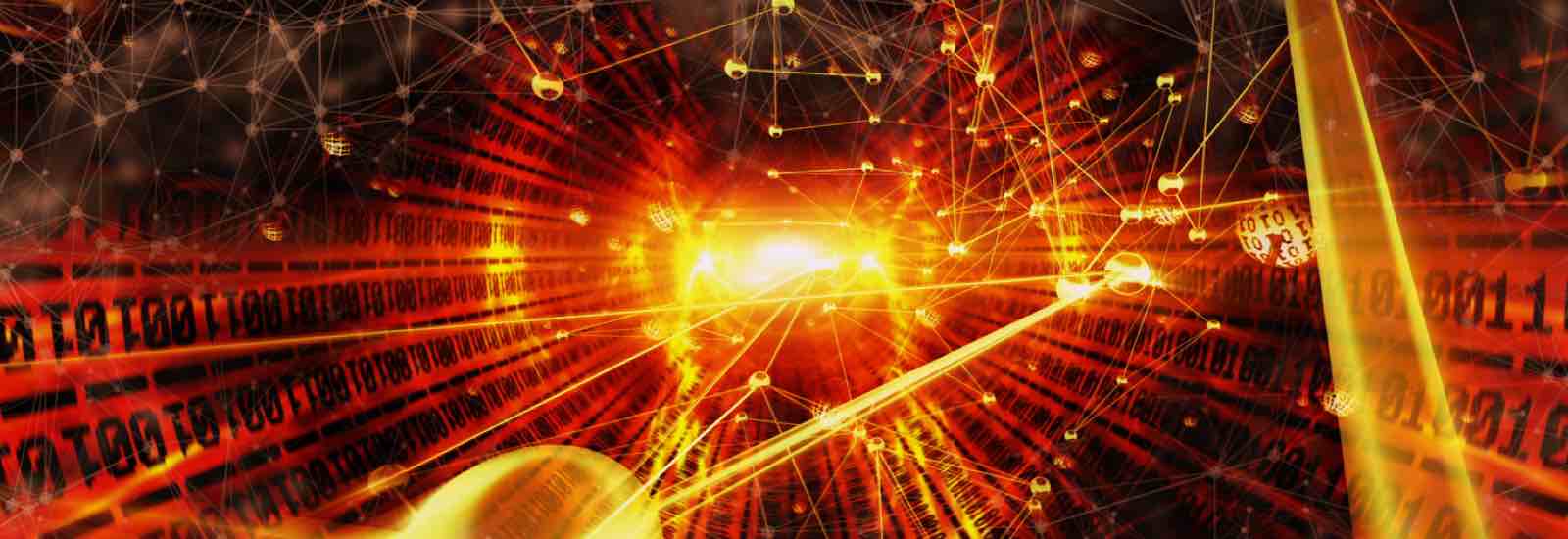

Security Incident & Event Management (SIEM) is a solution that provides monitoring, detection, and alerting of security events or incidents within an IT environment. It provides a comprehensive and centralized view of the security posture of an IT infrastructure. It gives cybersecurity professionals insights into the activities within their IT environment.
For more information about Security Incident & Event Management, call our security consultants at +31 (0) 345 506 105, send an email to info@isoc24.com or fill out our contact form via button below.
A SIEM collects and aggregates log data generated throughout the organization’s entire IT infrastructure. From cloud systems and applications, to network and security devices, such as firewalls and antivirus. The SIEM software then identifies, categorizes and analyzes incidents and events. SIEM analytics delivers real-time alerts, dashboards, and reports to several critical business and management units. Modern SIEMs also apply unsupervised machine learning to enable anomaly detection (User and Entity Behavior Analytics) to the collected log data.
In the digital economy, enterprises must monitor and guard their data to protect themselves from increasingly advanced cyber threats. Chances are, your company has more data to collect and analyze than ever before. With exploding data volumes and increasing complexity, as IT infrastructures converge towards hybrid deployments between cloud and on-prem, it is increasingly important to have a central security solution to track behavior and critical events.
Additionally, the industry’s lack of skilled resources means that security events can overburden analysts and Security Operation Centers (SOCs). The results are alert fatigue and the need to prioritize where to focus the company’s security resources.
SIEM solutions enable companies to respond quickly and precisely to security incidents. A SIEM solution provides centralized collection, classification, detection, correlation, and analysis capabilities. This makes it easier for teams to monitor and troubleshoot IT infrastructure in real-time. Without a SIEM solution, security analysts must go through millions of non-comparable and siloed data for each application and security source. In short, SIEM solutions can accelerate detection and response to cyber threats – making security analysts more efficient and accurate in their investigations.
SIEM tools have been around since 2005, but the SIEM definition and the answer to “what is SIEM?” has evolved considerably since then. Changes in the threat landscape have created a need to identify a wider variety of threats faster. For years, SIEM solutions were implemented to help security and IT teams analyze security alerts in real-time. But many traditional SIEM solutions cannot gather and analyze large amounts of data from a wider variety of sources – including IoT and proprietary applications.
Due to the exponentially growing amount of data, many organizations are facing limited value at increasing costs. Organizations that have a SIEM where the licensing model is based on data volume have to be selective of which data to ingest from which applications to not vastly exceed their budget. This can potentially mean missing out on data you need in the case of breaches or can leave your organization completely blind to anomalous behavior in critical systems.
At the same time, there is a shortage of security analysts available in the labor market. Security operations teams struggle to keep up with the deluge of security alerts from a growing arsenal of threat detection technologies while relying on mostly rule-based manual procedures for operations. Fortunately, advanced analytics, investigation, and response tools combined with developments in machine learning create new efficiencies in SIEM solutions that somewhat help remedy the cybersecurity skills gap.
To establish a capable cybersecurity team, SIEM solutions are a must-have for businesses in any industry. Today’s enterprises need a solution that can centralize, simplify, and automate security workflows to enable better analytics and incident response procedures.
Our dedicated team of professionals ensures that every deployment meets your specific industry needs, improves your business’ cybersecurity posture and creates immediate business value.
To answer to the broad need of companies looking for a Security Incident & Event Management (SIEM) solution iSOC24 has decided to use a hybrid collection of solutions. Organisations that are looking for an on-premise SIEM solution can choose to use the Logpoint SIEM solution whilst organisations that are looking to implement their SIEM in the cloud can choose the Rapid7 InsightIDR solution. Of course both mentioned solutions can be fully delivered and implemented by iSOC24.
For more information about Security Incident & Event Management, call our security consultants at +31 (0) 345 506 105, send an email to info@isoc24.com or fill out our contact form via button below.